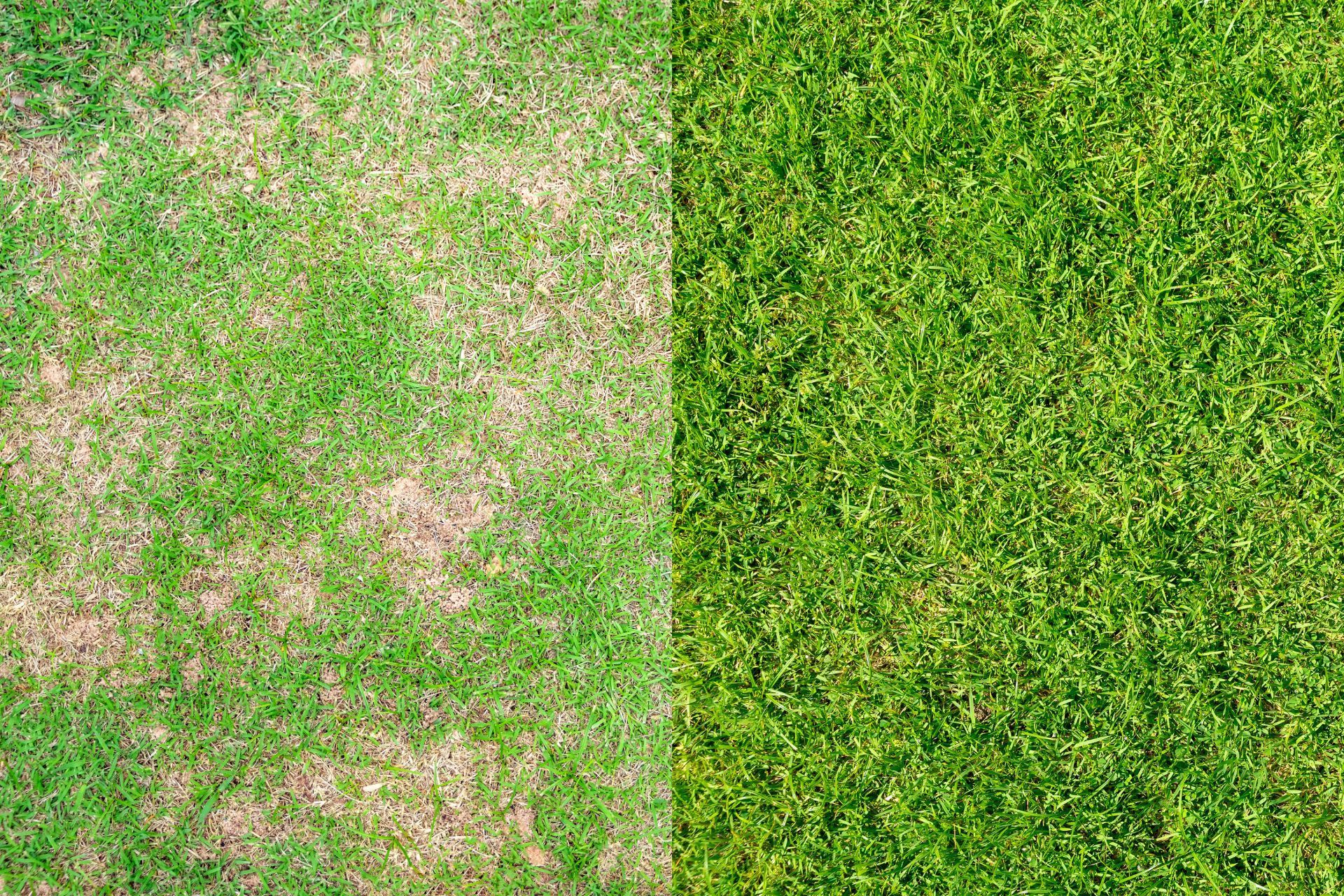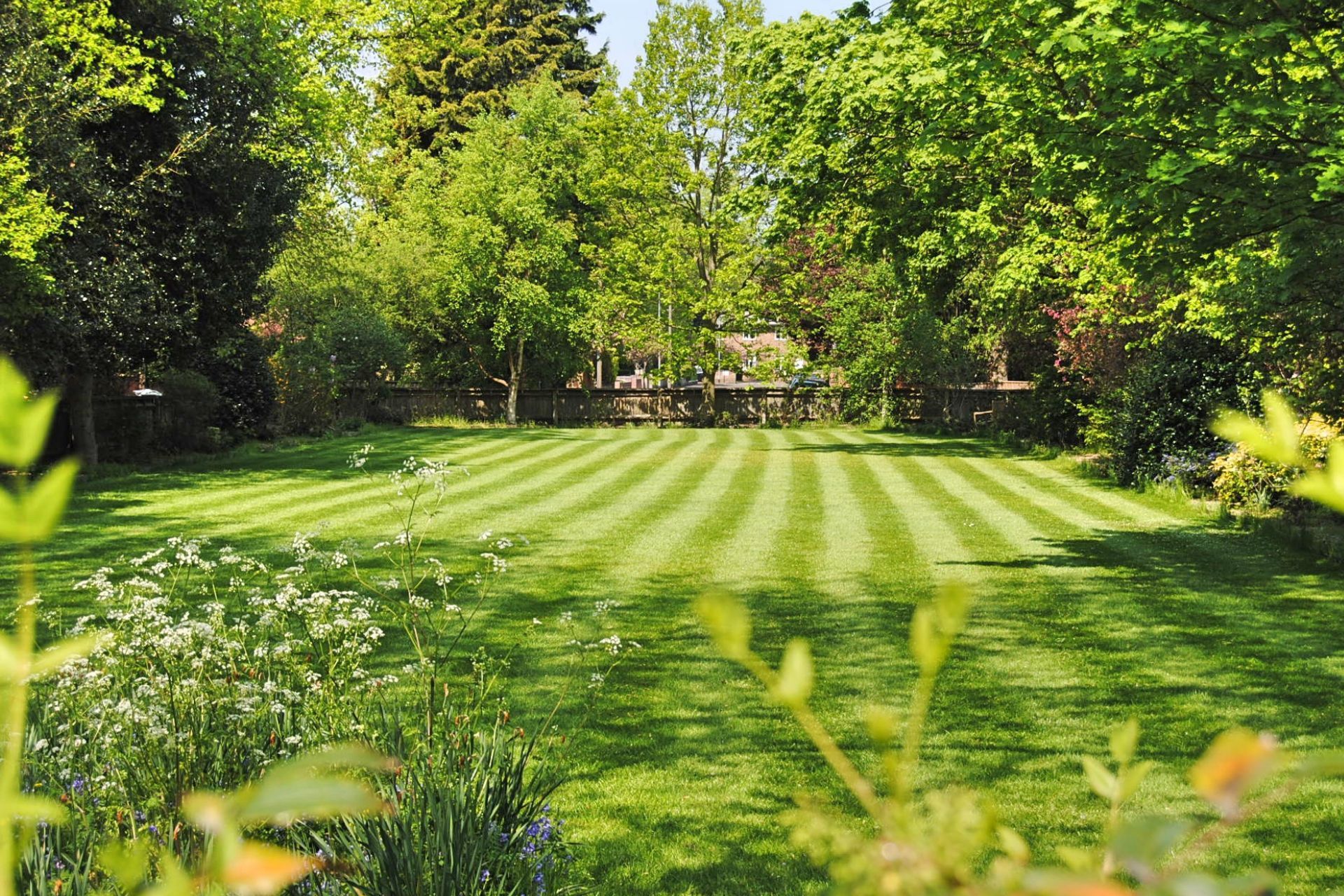Tips for Water-Wise & Drought-Resistant Yards
Maintaining a lush lawn in the face of fluctuating weather patterns and potential droughts can be challenging, especially in Georgia's climate. At Dead Silent Lawncare, based in Athens, GA, we prioritize sustainable practices to help you cultivate a water-wise and drought-resistant yard. Here, we offer valuable tips to conserve water, improve landscape resilience, and maintain a vibrant outdoor space year-round.

1. Choosing the Right Grass and Plants
Drought-Resistant Grass Varieties
Selecting the right grass type is the first step in creating a resilient lawn. Consider varieties that are naturally drought-tolerant, such as Bermuda, Zoysia, or Buffalo grass. These species are better equipped to withstand dry spells and require less irrigation, making them ideal for water-wise landscaping.
Native and Adapted Plants
Incorporate native and drought-resistant plants into your landscape. These plants are accustomed to local conditions and require less water, thriving with minimal maintenance. Options like yarrow, coneflower, and ornamental grasses can enhance the beauty of your yard while supporting water conservation.
2. Efficient Irrigation Practices
Smart Irrigation Systems
Invest in a smart irrigation system that adjusts watering schedules based on weather patterns and soil moisture levels. These systems help prevent overwatering, ensuring your lawn receives the right amount without wasting water.
Deep and Infrequent Watering
Watering deeply but less frequently encourages deep root growth, improving your lawn's drought resistance. Aim for about one inch of water per week, delivered in a single session if possible, to promote strong, resilient roots.
3. Soil Health and Mulching
Improving Soil Structure
Healthy, well-aerated soil retains moisture better and supports robust plant growth. Regularly aerate your lawn to alleviate compaction and enhance water infiltration. Adding organic matter such as compost can further improve soil structure and nutrient availability.
Benefits of Mulching
Applying mulch to flower beds and around trees helps conserve soil moisture, suppress weeds, and regulate soil temperature. Organic mulches, like wood chips or shredded bark, slowly decompose, enriching the soil while promoting water retention.
4. Mowing and Maintenance Practices
Optimal Mowing Height
Maintain a slightly higher mowing height during hot seasons to provide shade to the soil and reduce evaporation. Taller blades promote deeper root growth, which enhances drought tolerance.
Regular Maintenance
Consistent lawn care practices, such as removing weeds and pests, ensure that your lawn remains healthy and less susceptible to environmental stress. A well-maintained lawn is better equipped to withstand drought conditions.
5. Landscape Design for Water Conservation
Zoning and Grouping
Group plants with similar watering needs together in designated zones. This strategic landscaping approach allows for more efficient water use and avoids overwatering drought-tolerant plants.
Hardscaping Features
Incorporate hardscaping elements, such as patios, pathways, and decorative stones, to reduce the amount of water-dependent turf area. These features add visual interest and functionality while conserving water.
Conclusion
Creating a drought-resistant, water-wise yard is achievable with intentional choices and sustainable practices. At Dead Silent Lawncare in Athens, GA, we're dedicated to helping you cultivate a landscape that remains resilient in the face of drought while conserving precious water resources. By implementing these strategies, you can enjoy a thriving and eco-friendly outdoor space year-round.
Frequently Asked Questions
What grass types are best for drought conditions in Georgia?
Bermuda, Zoysia, and Buffalo grass are excellent choices for drought-tolerant lawns in Georgia.
How can I water my lawn more efficiently?
Use smart irrigation systems and practice deep, infrequent watering to encourage deep root growth.
What are the benefits of mulching?
Mulching conserves moisture, suppresses weeds, and regulates soil temperature, enhancing plant health.
How does mowing height affect drought resistance?
A slightly higher mowing height shades the soil, reducing evaporation and promoting deeper roots.
What is the advantage of grouping plants by watering needs?
It allows for efficient water use, ensuring each plant receives the appropriate amount for optimal health.


